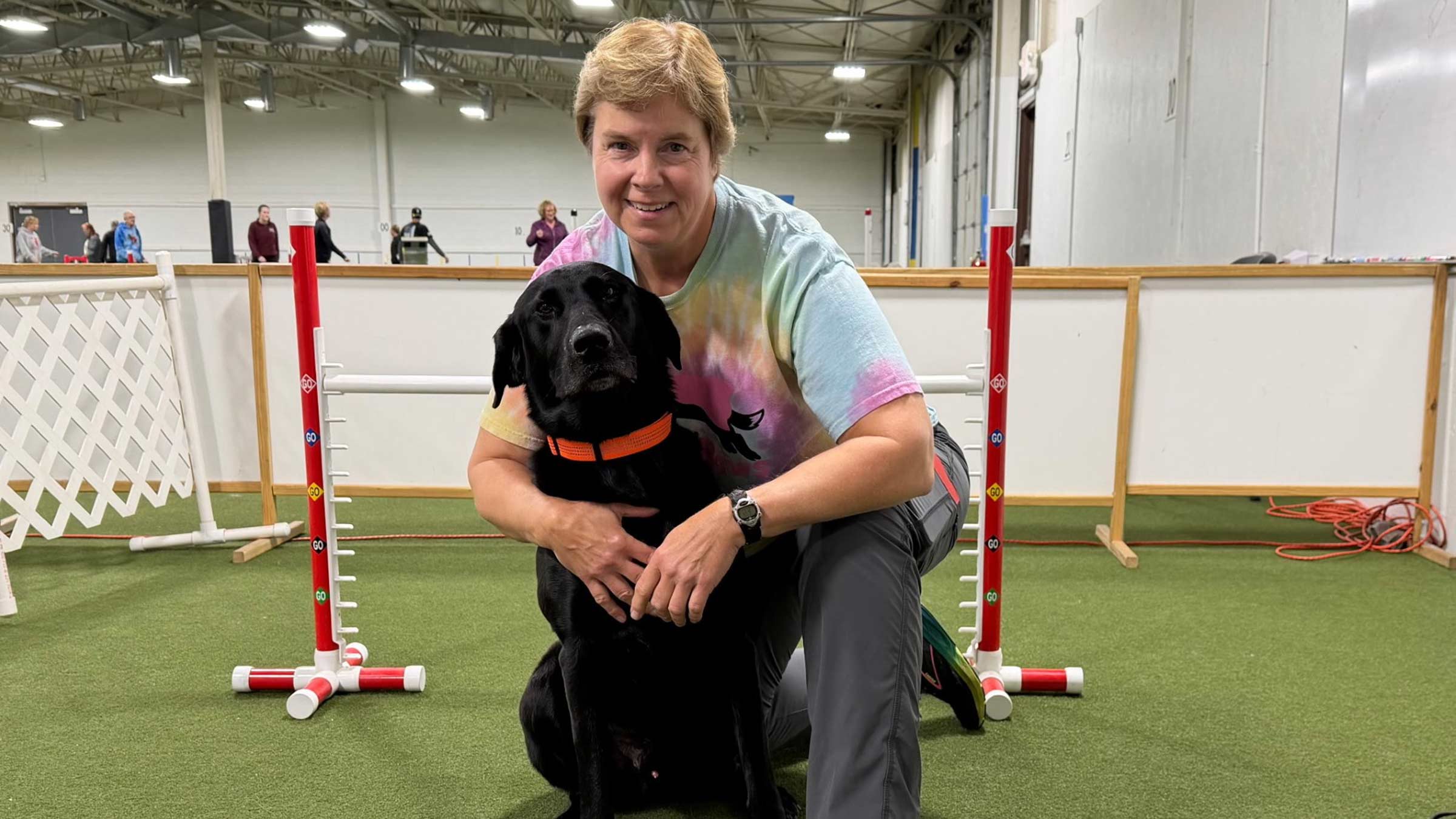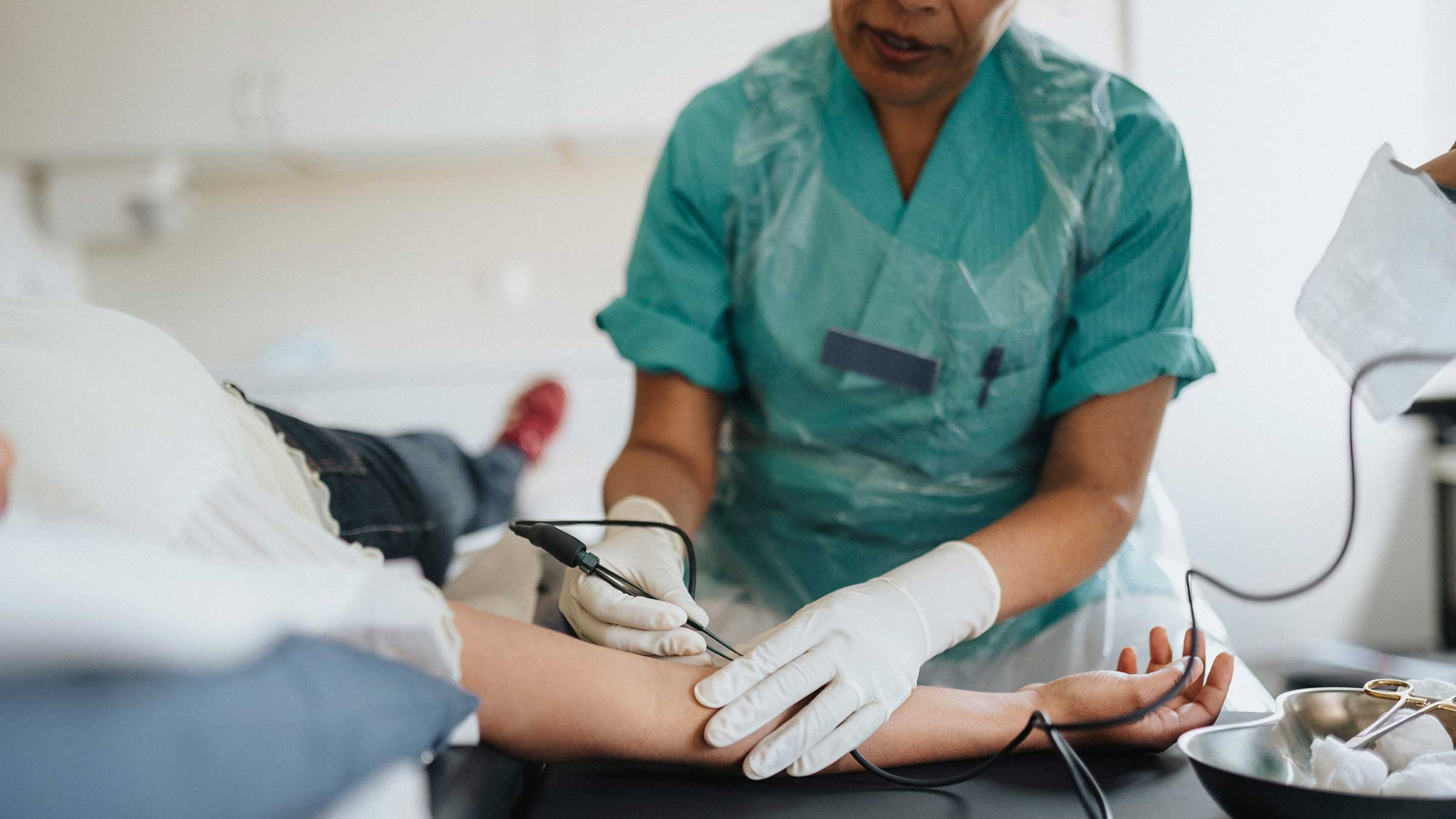What’s the difference between 'mommy tummy' and diastasis recti?
If you don your bikini months after you had a baby, you might notice something different about your middle.
Even when you tighten your abs, a slight bulge around your belly button doesn’t go away.
It might be belly fat, but it may also be a condition called diastasis recti, which happens in pregnancy when the abdominal muscles in the front of your belly separate. The split occurs near the belly button in the tissues connecting the two sides of these abdominal muscles, commonly referred to as your “six-pack abs.”
Diastasis recti is very common. Between 60% and 70% of people experience diastasis recti when they’re pregnant. For most, it goes away. But for about one third of people who get it, it doesn’t go away, even years after giving birth.
You may not like the way it looks. However, it’s possible for the gap to be there and for you to still be able to be active, run, ski, play on the floor with your children and maintain good posture without many problems. It all depends on how much your front abdominal muscles have separated. Physical therapists measure the gap in finger widths after you’ve had your baby. A one or two finger-width gap may not cause you any trouble. But more than two finger-widths can be problematic.
The three main signs of diastasis recti:
- Abdominal pain right where the separation takes place, causing an achiness or burning feeling
- Numbness down the middle of your abdomen because stretched muscles can put stress on the nerves
- Bulge down the middle of your abdomen
Diastasis recti can also cause pain in your neck and back if you can’t maintain straight posture because your core muscles are weak.
It’s common for people with diastasis recti to get the condition confused with a hernia. The two issues can have similar symptoms. Diastasis recti is a stretching or separation of the front abdominal muscles, while a hernia is an actual tear in the tissue, which could happen anywhere in your body, including your abdomen.
How to diagnose diastasis recti
More often, diastasis recti gets diagnosed when you report symptoms such as abdominal pain, numbness and a bulge in the middle of your abdomen. You may also have difficulty lifting and moving.
What’s the fastest way to fix diastasis recti?
If you have more than a two-finger-width separation, I might recommend an abdominal binder. It’s an elastic brace that goes around your abdomen to protect those muscles. Instead of a brace, I might use kinesio taping, which is breathable fabric that needs to be changed about once a week. The tape protects and stabilizes your abdominal muscles.
Exercise is also important. You can start by lying down and trying to tighten your belly like you’re attempting to fit into tight pants. Once they’re able to do that correctly lying on your back, we might have you do it while lifting a leg or an arm or marching, then eventually on your hands and knees.
You may have read that it’s not a good idea to do stomach crunches or planks. That’s not true. They can be helpful exercises if you can do them without creating a bulge of tissue where the separation is. If you can contract the muscles while holding all this tissue back, you would be doing it correctly. If you can’t tighten your middle correctly, you could cause more separation in your abdominal muscles.
We, as physical therapists, can guide you through this process so you don’t get into positions where you’re straining your muscles more.
How long is diastasis recti repair?
It’s so varied. There are some patients with an abdominal separation of two to three finger-widths and it may only take about six months to resolve.
A patient with a much more significant separation, such as four or higher, can take a year or more.
How quickly diastasis recti goes away depends not only on the width of the gap in your muscles, but also your exercise level, how active you are and how strong you were before you got pregnant.
Can you shrink diastasis recti?
Sometimes your middle doesn’t go back to exactly how it was before, but you can still be pretty close. Other times, there might be slight separation but no bulge.
What exercises should you avoid with diastasis recti?
The only exercises to avoid are the ones you’re not able to do correctly. You can do any exercises as long as you can hold your abdominal tissue back while doing them. For example, sometimes getting on all fours is more challenging because your muscles are working against gravity.
However, if you can effectively control this and you’re not “bulging” then you can do the exercise in this position. Same thing goes for exercises like crunches or planks. As long as you’re not “bulging” with these exercises, you can do them.
What aggravates diastasis recti?
Doing exercises you’re not ready to do can cause the bulge to get bigger. That can happen as well if you’re holding your breath and at the same time either trying to lift something or have a bowel movement. That puts pressure on your abdomen. By putting pressure on your abdomen, that too might cause the bulge to get bigger. A simple solution is to make sure you exhale when you exert effort whether that’s lifting something from the ground or having a bowel movement,
What does diastasis recti look like?
If you have diastasis recti, the bulge is straight down the middle of your belly. Belly fat is more uniformly distributed.
How to lose belly fat with diastasis recti
In general, losing fat requires cardio exercise and watching what you eat. You can do both even if you have diastasis recti. With cardio exercise, you can start with walking. Make sure to hold your posture straight.
You’ll want to watch your diet. If you’re breastfeeding, you need to have a certain number of calories to produce milk, so it’s important not to reduce how much you eat by too much or that could cut off your supply of milk.
Diastasis recti is treatable. If you think something is wrong or even if you just are concerned that your core is weak and that’s affecting your posture or giving you neck pain, contact a physical therapist. Sometimes you’ll just need a couple of visits to get on the right path.

Join the family of Buckeye Babies
Learn about obstetrics and gynecology services from central Ohio's most experienced team.
Get started








